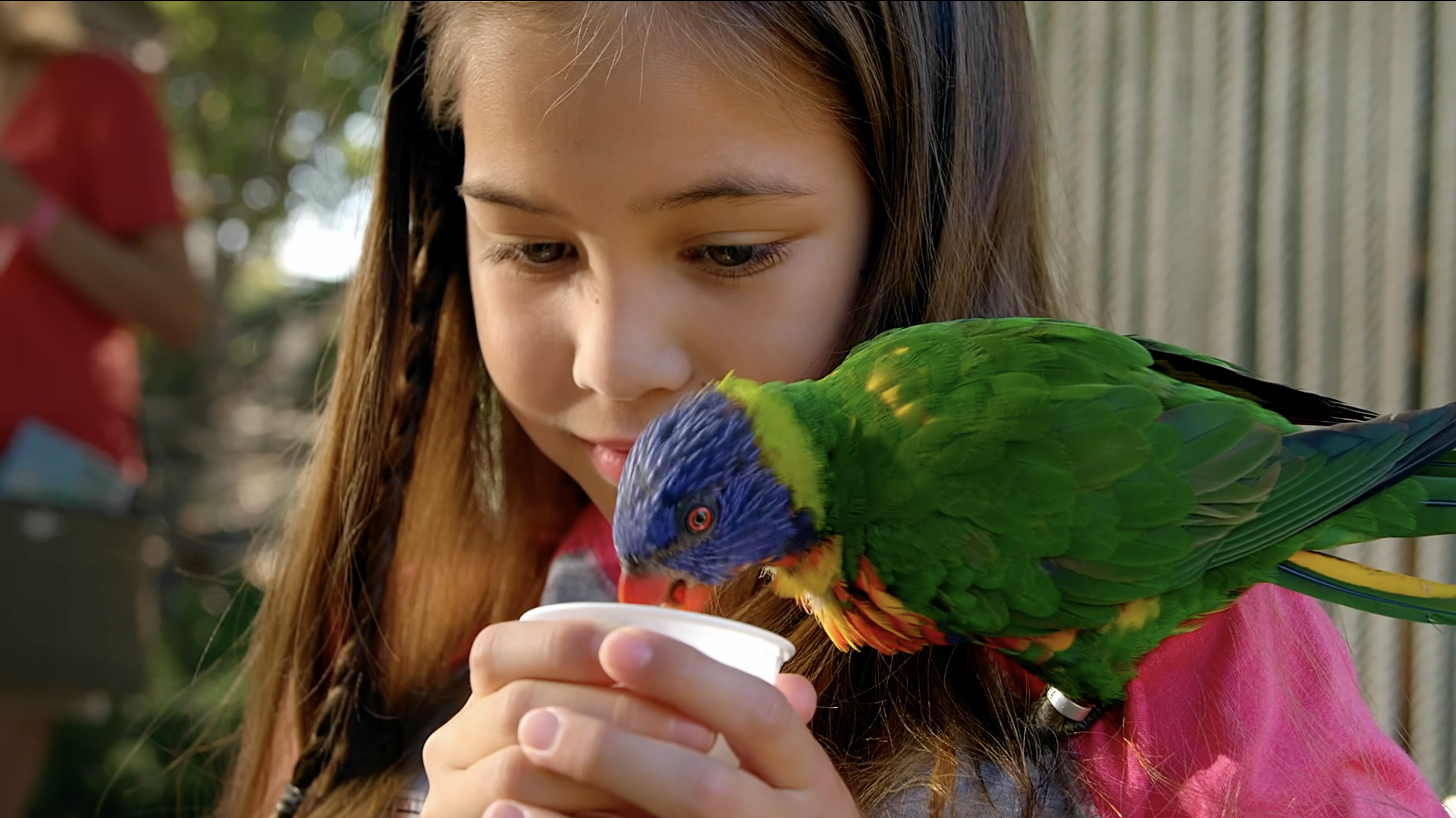In our previous blog, we talked about the first of four pillars of a story, which is people. Today we’re going to talk about the second pillar, which is purpose.
The purpose of the video is the reason you are creating the video. What’s it about? What do you want to say with the story? Is it meant to be inspirational? Do you want to convey information? Or are you using the video for a commercial purpose to sell something?
Defining the purpose of your video can be challenging, but it’s critically important to any video project. You have to clearly define what you want the audience to do, feel, or think after watching your film.
I’ve been working in video for years, and I talk to a lot of people about video. One big mistake I see people make is not establishing a clear purpose for their video from the beginning. I get asked all the time if I can help someone create a video that’s 30 seconds or two minutes or some other length. Many people start a video project with a length in mind but not a purpose.
One of the benefits of working with an experienced director and storyteller is that they’ll force you to define your purpose. Or at least the good ones will!
Defining your purpose from the beginning saves time. If you don’t have a defined purpose from the start, your project can easily get caught in the trap of endless revisions trying to make it work. And if you don’t know what your purpose is, how can you expect the audience to know?
The challenging part of defining your purpose is that you have to narrow it down. If you try to say too much, the message gets diluted, and viewers don’t know what you’re trying to say. If you end up filming that version, you’ve invested money in an ineffective video, and that’s not good. You might connect with people emotionally but not end up with any action taken, and that’s an unfortunate waste of emotional equity!
One of the techniques we use to get everyone on the same page is a keyword process. We brainstorm a list of keywords that we see as relevant to the story and the purpose, and the client does the same. Then we compare those lists and narrow it down to five keywords at most that help us define the purpose.
Taking the time up front to define your specific purpose is well worth the investment. Once you and our director are on the same page regarding purpose, it’s a lot easier to make decisions along the way in your video project. You have a filter through which you can run every decision. It impacts how we film interviews, what lighting and type of lens we use, the cinematography style, and even how we move the camera while filming.
Storytelling is about the audience. If they’re not interested, it won’t matter what we’re saying. The burden is on us, the storytellers, to give the audience a reason to care. That’s why defining the purpose of your video and then crafting a story that leads the audience to understand that purpose is so important.
Muse Storytelling, who are absolute masters of the craft of video, often say, “We need to guide the heart to move the mind.” I couldn’t agree more.
When keywords that define our purpose line up with a strong character to carry our audience to that purpose, magic happens.
Ready to make magic happen? Contact us today to talk about defining the purpose of your video.
Want to learn more about storytelling? Check out Muse Storytelling!




